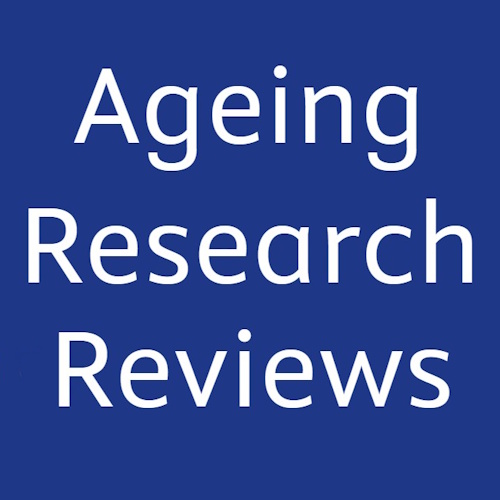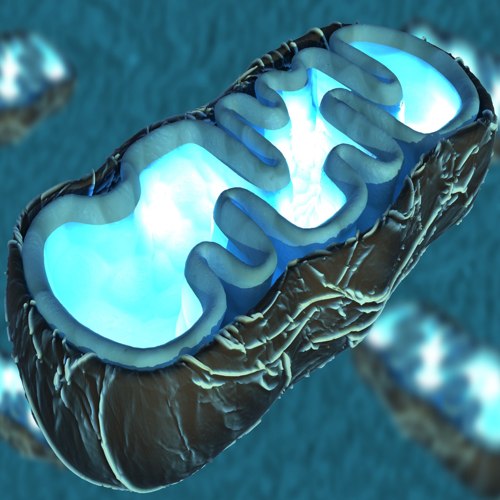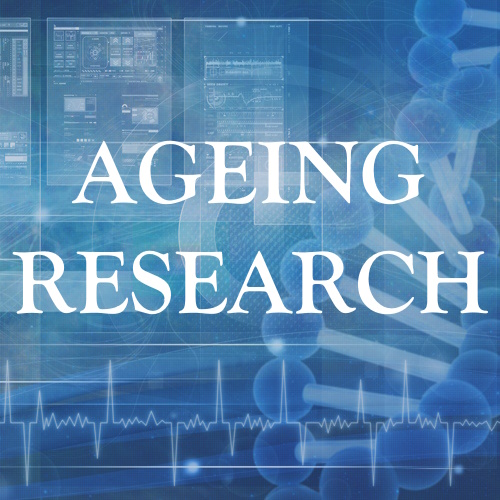Ageing is a complex process influenced by genetics, environment, and cellular function. While scientists have long sought ways to slow ageing and extend lifespan, a promising breakthrough has emerged in recent research—the mitochondrial integrated stress response (ISRmt). This cellular mechanism plays a crucial role in protecting mitochondria, the powerhouses of our cells, from damage and dysfunction.
By understanding and potentially harnessing ISRmt, researchers are paving the way for new treatments targeting age-related diseases, metabolic disorders, and neurodegeneration.
Understanding Mitochondrial Stress and ISRmt
Mitochondria are responsible for producing adenosine triphosphate (ATP), the main source of cellular energy. However, as we age, mitochondria face constant stress due to oxidative damage, genetic mutations, and metabolic shifts. This stress can lead to mitochondrial dysfunction, contributing to neurodegeneration, metabolic disorders, and other age-related diseases.
To counteract these challenges, cells activate a protective mechanism known as the mitochondrial integrated stress response (ISRmt). This response is triggered by mitochondrial stressors that phosphorylate eIF2α, leading to the activation of activating transcription factor 4 (ATF4). ATF4 plays a central role in regulating metabolism, protein synthesis, and cellular adaptation to stress.
Phases of the ISRmt: A Three-Step Response
The ISRmt unfolds in three distinct phases, each contributing to cellular survival and adaptation under mitochondrial stress:
Initial Activation:
- When mitochondria experience dysfunction, ISRmt activates protective genes such as fibroblast growth factor 21 (FGF21), growth differentiation factor 15 (GDF15), and methylenetetrahydrofolate dehydrogenase 2 (MTHFD2).
- These factors reduce oxidative stress, regulate glucose metabolism, and maintain energy homeostasis.
- FGF21, for example, is a metabolic hormone that enhances fat oxidation and insulin sensitivity, providing protection against metabolic diseases.
Adaptive Phase:
- In response to persistent stress, cells upregulate antioxidant defenses and boost the de novo synthesis of serine, a key amino acid involved in cellular repair.
- The ISRmt also activates the mechanistic target of rapamycin complex 1 (mTORC1), which helps balance energy production and metabolic regulation.
- During this phase, glucose uptake and glutathione synthesis increase, improving cellular resistance to stress.
Maladaptive Stage:
- If mitochondrial stress is severe and prolonged, ISRmt can shift from a protective mechanism to a damaging process, leading to inflammation and apoptosis (programmed cell death).
- The activating transcription factor 3 (ATF3) becomes active, contributing to cellular dysfunction.
- If ISRmt remains excessively activated, it can lead to chronic diseases such as Alzheimer’s, Parkinson’s, diabetes, and cardiovascular disease.
ISRmt as a Key Player in Age-Related Diseases
Mitochondrial dysfunction is a hallmark of ageing, and ISRmt plays a vital role in mitigating age-related damage. Scientists are now exploring ISRmt modulation as a therapeutic strategy for treating neurodegenerative diseases, metabolic disorders, and other ageing-related conditions.
1. Neurodegenerative Disorders: Protecting the Ageing Brain
Mitochondrial dysfunction is a major contributor to diseases like Alzheimer’s, Parkinson’s, and amyotrophic lateral sclerosis (ALS).
FGF21, a hormone activated by ISRmt, has been found to protect neurons by reducing inflammation, oxidative stress, and protein aggregation—all of which are key features of neurodegenerative diseases.
Studies show that activating ISRmt in mouse models of Alzheimer’s can enhance cognitive function and neuronal survival.
However, excessive ISRmt activation may also contribute to neurodegeneration. This makes modulating rather than completely activating ISRmt a crucial factor in developing treatments.
2. Metabolic Diseases: A New Approach to Obesity and Diabetes
ISRmt plays a critical role in regulating insulin sensitivity, glucose metabolism, and lipid oxidation.
In metabolic diseases like type 2 diabetes and obesity, ISRmt activation through FGF21 signaling can improve fat metabolism and energy balance.
Mice with ISRmt activation showed increased fat oxidation, reduced obesity, and improved glucose tolerance.
Clinical trials have explored FGF21 analogs as potential treatments for type 2 diabetes and non-alcoholic fatty liver disease (NAFLD). While promising, these therapies require further refinement to maximise efficacy.
3. Longevity: Can ISRmt Extend Lifespan?
Several studies suggest that ISRmt activation correlates with longer lifespan in animals.
Metformin, a drug known for its anti-ageing properties, activates ISRmt, leading to enhanced mitochondrial function and metabolic balance.
Research in primates shows that metformin administration can slow biological ageing by modulating the ISRmt pathway.
Genetic studies on FGF21 and GDF15—two ISRmt regulators—suggest that their increased levels promote longevity without reducing food intake or energy metabolism.
Future Therapeutic Approaches: Modulating ISRmt for Health and Longevity
Given its pivotal role in ageing and disease, ISRmt has become a major target for pharmacological intervention. Several approaches are being explored:
ISR Inhibitors (e.g., ISRIB, Sephin1):
Used to prevent excessive ISRmt activation that contributes to neurodegeneration and metabolic dysfunction.
ISRIB has shown promise in protecting neurons in Alzheimer’s and ALS models.
ISR Activators (e.g., FGF21 analogs, Metformin):
Enhance mitochondrial stress resilience and promote metabolic adaptation.
Metformin and rapamycin are being investigated as potential anti-ageing drugs due to their ability to fine-tune ISRmt activity.
Precision Medicine Approaches:
Targeting specific ISRmt pathways depending on disease type and progression.
Developing personalised treatments for mitochondrial disorders, metabolic diseases, and neurodegeneration.
Harnessing ISRmt for a Healthier Future
The mitochondrial integrated stress response represents a groundbreaking frontier in anti-ageing and longevity research. By understanding and manipulating ISRmt, scientists aim to develop new therapies for age-related diseases, enhance metabolic health, and potentially extend lifespan.
While ISRmt is a double-edged sword, careful modulation through drugs like ISRIB, FGF21 analogs, and metformin could help harness its benefits without triggering harmful effects. The future of longevity may lie in optimising our cellular stress response, ensuring better health, longer life, and improved quality of ageing.
The study is published in the journal Ageing Research Reviews. It was led by researchers from Huazhong University of Science and Technology.






